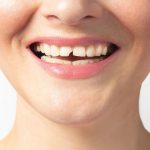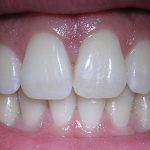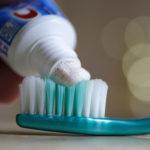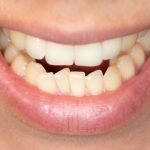Effortless Oral Hygiene: Mastering the Art of Brushing Teeth Without a Toothbrush
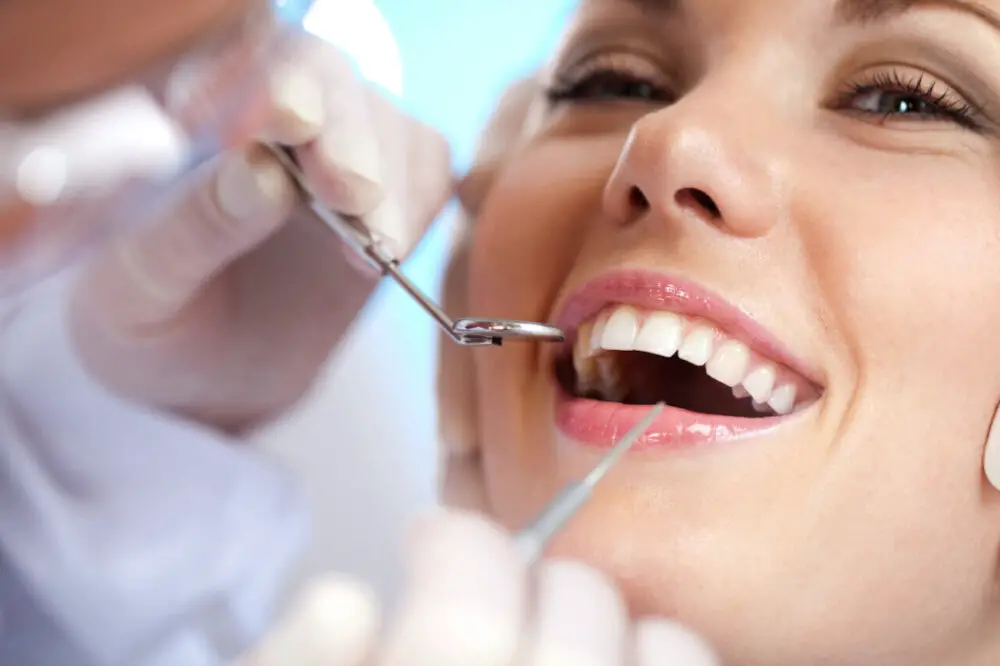
Oral hygiene is an essential aspect of maintaining good health, and brushing your teeth is a crucial part of it. However, there may be instances where you may not have access to a toothbrush, such as when you are traveling, camping, or even when you forget to carry one. In such situations, it is crucial to know how to clean your teeth without a toothbrush. It is not only important for your dental health but also for your self-confidence and overall well-being. With some simple techniques and a bit of creativity, maintaining oral hygiene without a toothbrush can be effortless and enjoyable. Mastering the art of brushing teeth without a toothbrush requires an understanding of the basic principles of dental hygiene. Brushing your teeth helps to remove food particles, bacteria, and plaque from the surface of your teeth. In the absence of a toothbrush, alternative methods such as using your fingers, chewing gum, or even certain foods can help to achieve the same result. These methods are not only practical but also eco-friendly, especially when you are in places where water is scarce. In this article, we will explore some of the most effective and effortless ways to maintain your oral hygiene without a toothbrush.
Maintaining good oral hygiene is essential not only for fresh breath but also for overall health. Poor oral hygiene can lead to a build-up of harmful bacteria in the mouth, which can cause gum disease, cavities, and even tooth loss. Additionally, recent studies have linked poor oral health to other health issues such as heart disease, diabetes, and respiratory infections. Therefore, it is crucial to establish a regular oral hygiene routine that includes brushing twice a day, flossing, and using mouthwash to keep your teeth and gums healthy. By taking care of your oral health, you can prevent tooth decay and gum disease, which can ultimately lead to a healthier and happier life.
Brushing teeth is an essential aspect of maintaining good oral hygiene. Not only does it help to remove food particles and bacteria from the surface of the teeth, but it also helps to prevent the buildup of plaque and tartar, which can lead to gum disease and tooth decay. Regular brushing can also help to freshen breath and promote healthy gums. Neglecting to brush teeth regularly can lead to a host of oral health problems, including cavities, gum disease, and bad breath. Therefore, it is important to incorporate brushing into your daily routine and to use proper technique and tools to ensure that your teeth and gums stay healthy and strong.
It’s not uncommon to find yourself without a toothbrush, whether you forgot to pack it for a trip or you simply ran out. But don’t fret, there are ways to maintain oral hygiene without a toothbrush. One option is to use a clean, damp cloth or towel to gently scrub your teeth and tongue. Another option is to use a finger or a piece of gauze wrapped around your finger to massage your teeth and gums. You can also chew sugar-free gum or eat crunchy fruits and vegetables to help remove debris from your teeth. While these alternatives may not be as effective as brushing with a toothbrush, they can still help keep your mouth clean and fresh until you’re able to get your hands on a toothbrush again.
Tongue Scraper

The tongue scraper is an essential tool for maintaining good oral hygiene, and it is often overlooked. A tongue scraper is a small, U-shaped tool that is designed to remove bacteria, food particles, and other debris from the surface of the tongue. Using a tongue scraper can help to prevent bad breath, improve the taste of food, and promote overall oral health. The tongue scraper is easy to use and can be used in conjunction with brushing and flossing to achieve optimal results. To use a tongue scraper, simply place the U-shaped tool on the surface of the tongue and gently scrape it from back to front. Rinse the scraper with water after each use and store it in a clean, dry place. It is recommended to use the tongue scraper before brushing your teeth to remove any bacteria or debris that may have accumulated overnight. Using a tongue scraper regularly can also improve the appearance of the tongue, as it helps to remove any discoloration or coating that may have developed over time. In conclusion, incorporating a tongue scraper into your daily oral hygiene routine is a simple and effective way to improve the health of your mouth. It is an effortless way to remove bacteria and food particles that brushing and flossing alone cannot reach. By using a tongue scraper regularly, you can prevent bad breath, improve the taste of food, and promote overall oral health. So, if you want to master the art of brushing teeth without a toothbrush, be sure to add a tongue scraper to your daily routine.
A tongue scraper is a tool used to remove bacteria, debris, and dead cells from the surface of the tongue. It is typically made of plastic or metal and has a flat surface with a curved edge that is gently pulled across the tongue. This process helps to reduce bad breath, improve taste perception, and promote overall oral hygiene. Regular use of a tongue scraper can also help to prevent the buildup of plaque and other harmful substances on the tongue, which can lead to tooth decay and other dental problems. Incorporating a tongue scraper into your daily oral hygiene routine is an easy and effective way to maintain a healthy mouth and fresh breath.
Using a tongue scraper for oral hygiene is an easy and effective way to remove bacteria and debris from your tongue. To use a tongue scraper, start by wetting the scraper with warm water. Then, place the scraper at the back of your tongue and gently pull it forward, pressing down slightly. Repeat this process several times, rinsing the scraper with warm water between each pass. Be sure to clean the entire surface of your tongue, including the sides and the back. When you’re finished, rinse your mouth with water and spit out any debris. Using a tongue scraper regularly can help improve your breath and overall oral hygiene.
One of the most overlooked aspects of oral hygiene is cleaning the tongue. A tongue scraper is a simple yet effective tool that can help you maintain a clean and healthy mouth. Not only does it remove the layer of bacteria and debris that accumulates on the tongue, but it also helps to freshen your breath and improve your sense of taste. Using a tongue scraper regularly can also reduce the risk of developing gum disease and tooth decay, as well as prevent the formation of plaque. It’s a quick and easy addition to your daily oral care routine that can make a big difference in your overall dental health.
Oil Pulling
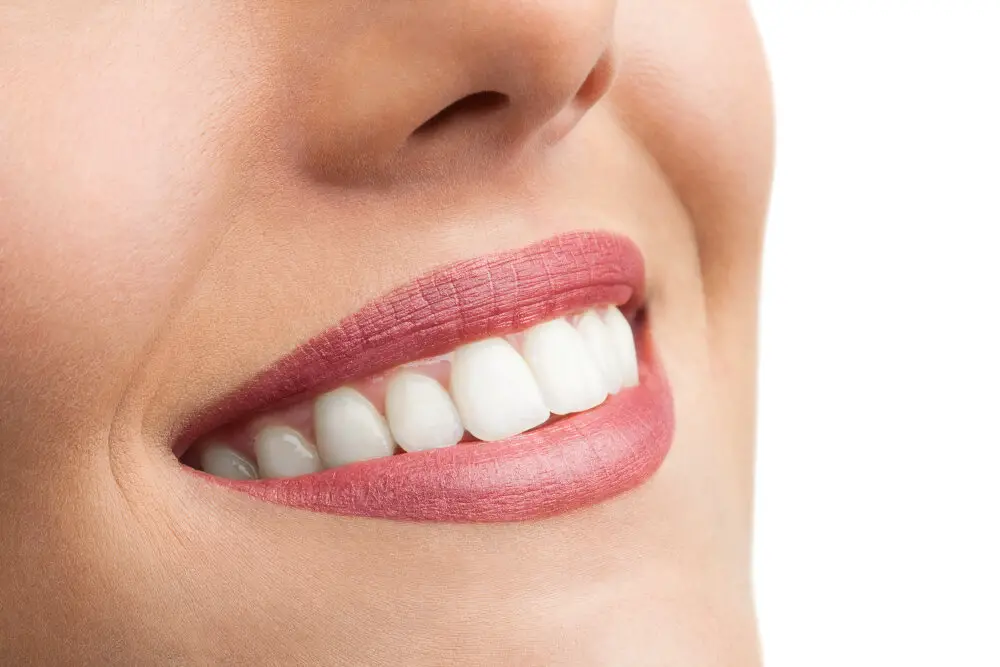
Oil pulling is an ancient Ayurvedic practice that involves swishing oil in your mouth for a few minutes each day. The most commonly used oils for this purpose are coconut oil, sesame oil, and sunflower oil. The idea behind oil pulling is that the oil helps to remove harmful bacteria from your mouth, which in turn can improve your overall oral health. In addition to removing bacteria, oil pulling has also been shown to reduce inflammation, whiten teeth, and freshen breath. To oil pull, simply put a tablespoon of oil in your mouth and swish it around for 15-20 minutes. Afterward, spit the oil out and rinse your mouth with water. Oil pulling is a great alternative to traditional brushing and flossing, especially for those who find those methods difficult or uncomfortable. It is also a great option for those who are looking for a more natural approach to oral hygiene. However, it is important to note that oil pulling should not replace traditional oral hygiene practices, but rather be used in conjunction with them. Additionally, it is important to use high-quality oil and to not swallow the oil after swishing. By incorporating oil pulling into your daily routine, you can improve your oral health and maintain a healthy smile.
Oil pulling is a traditional Ayurvedic practice that involves swishing oil in the mouth for several minutes to remove toxins and improve oral health. The most commonly used oil for oil pulling is coconut oil, but sesame oil, sunflower oil, and olive oil can also be used. During oil pulling, the oil is swished around the mouth and pulled through the teeth, which helps to remove bacteria, plaque, and other debris from the oral cavity. Oil pulling has been shown to reduce bad breath, improve gum health, and whiten teeth. It is an easy and inexpensive way to maintain good oral hygiene without the need for a toothbrush or other dental tools.
Oil pulling is an ancient Ayurvedic practice that has been gaining popularity in recent years for its potential oral health benefits. To do oil pulling, simply swish a tablespoon of oil (such as coconut, sesame, or sunflower oil) in your mouth for 15-20 minutes, making sure to move the oil around your mouth and between your teeth. Afterward, spit out the oil (do not swallow it) and rinse your mouth with water. Oil pulling is believed to help remove bacteria and toxins from the mouth, reducing bad breath, preventing cavities, and promoting healthier gums. While the practice may take some getting used to, it can be a simple and effective addition to your oral hygiene routine.
Oil pulling is an ancient Ayurvedic technique that involves swishing oil in the mouth for several minutes to improve oral hygiene. This practice has gained popularity in recent years due to its numerous benefits, including reducing bad breath, preventing tooth decay, and whitening teeth. Oil pulling works by pulling the bacteria and toxins from the mouth and trapping them in the oil, which is then spit out. Additionally, it stimulates the production of saliva, which helps to neutralize harmful bacteria in the mouth. Regular oil pulling can also help to reduce inflammation and gum disease, making it an excellent addition to any oral hygiene routine.
Chewing Gum
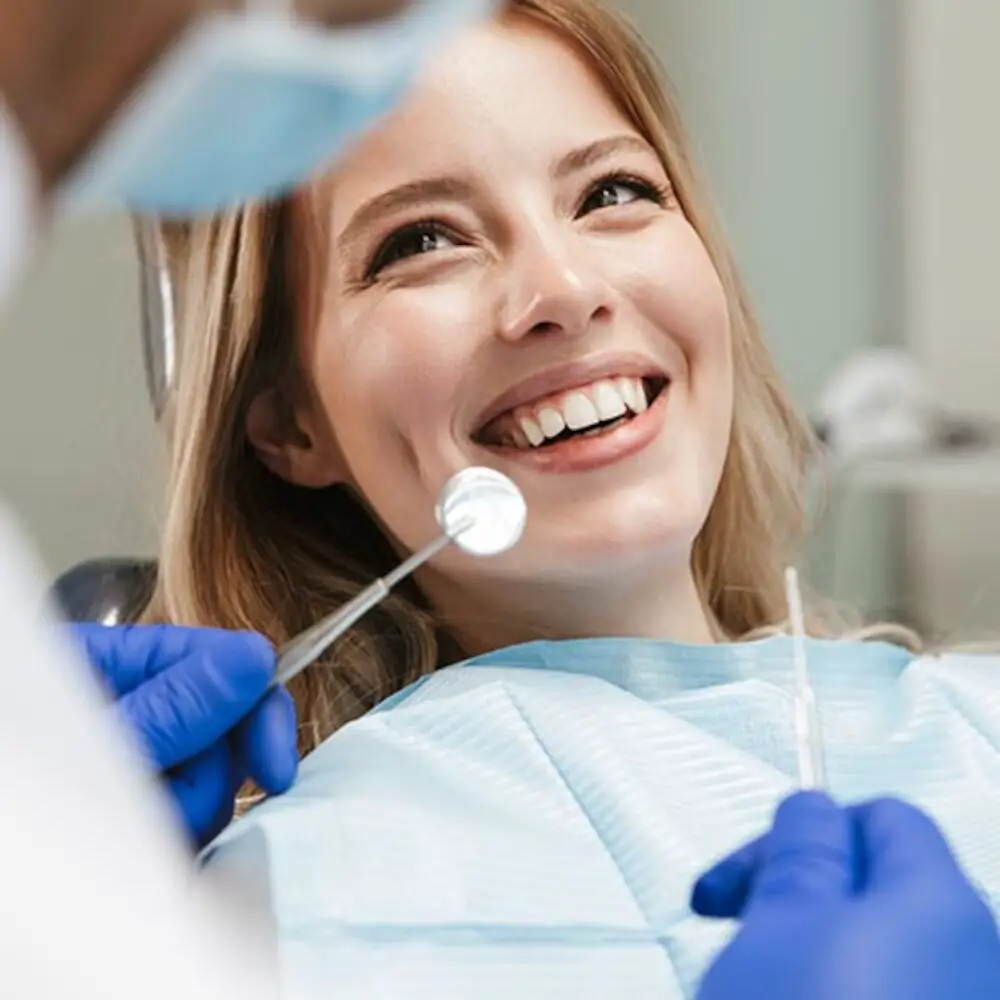
Chewing gum is an excellent way to maintain oral hygiene without a toothbrush. It is a simple and effortless solution to keep teeth clean and freshen breath, especially when you do not have access to a toothbrush or toothpaste. Gum stimulates the production of saliva, which helps to wash away food particles and bacteria in the mouth. Additionally, chewing gum can neutralize the acidity in the mouth, which can prevent tooth decay and gum disease. However, it is essential to choose sugar-free gum to prevent any damage to the tooth enamel, which can lead to cavities. Chewing gum can also provide other benefits to oral hygiene. It can help relieve stress and muscle tension in the jaw, which can contribute to teeth grinding and clenching. Furthermore, gum with xylitol can help reduce the number of harmful bacteria in the mouth and prevent the formation of plaque. Incorporating gum into your daily routine can be a simple and effective way to maintain good oral hygiene, even when you do not have access to a toothbrush. However, it is important to remember that chewing gum should not replace brushing and flossing, which are still the most effective ways to keep your teeth and gums healthy.
When it comes to gum, there are certain types that are better for oral hygiene than others. Sugar-free gum is a great choice because it can help stimulate saliva production, which helps wash away food particles and neutralize harmful acids in the mouth. Look for gum that contains xylitol, a natural sweetener that has been shown to reduce the risk of tooth decay. Additionally, gum that contains calcium and phosphate can help remineralize teeth and strengthen tooth enamel. While gum is not a substitute for brushing and flossing, incorporating it into your oral hygiene routine can be a helpful addition.
Chewing gum can be an effective way to clean teeth, as it stimulates the production of saliva, which helps to neutralize harmful acids in the mouth and wash away food particles and bacteria. The act of chewing also promotes blood flow to the gums, which can improve overall gum health. However, it is important to choose a sugar-free gum that contains xylitol, a natural sweetener that has been shown to reduce the growth of bacteria in the mouth and prevent tooth decay. While chewing gum can never replace brushing and flossing, it can be a helpful addition to a daily oral hygiene routine, especially when a toothbrush is not readily available.
Chewing gum can be a valuable tool for maintaining good oral hygiene. The act of chewing stimulates the production of saliva, which helps to neutralize acids in the mouth that can cause tooth decay. Additionally, chewing gum can help to dislodge food particles that may be stuck between teeth, reducing the risk of cavities and gum disease. Some types of gum are even designed to actively fight bacteria and freshen breath. However, it’s important to choose sugar-free gum, as sugar can actually contribute to tooth decay. Overall, incorporating chewing gum into your daily routine can be a simple and effective way to enhance your oral health.
Diet
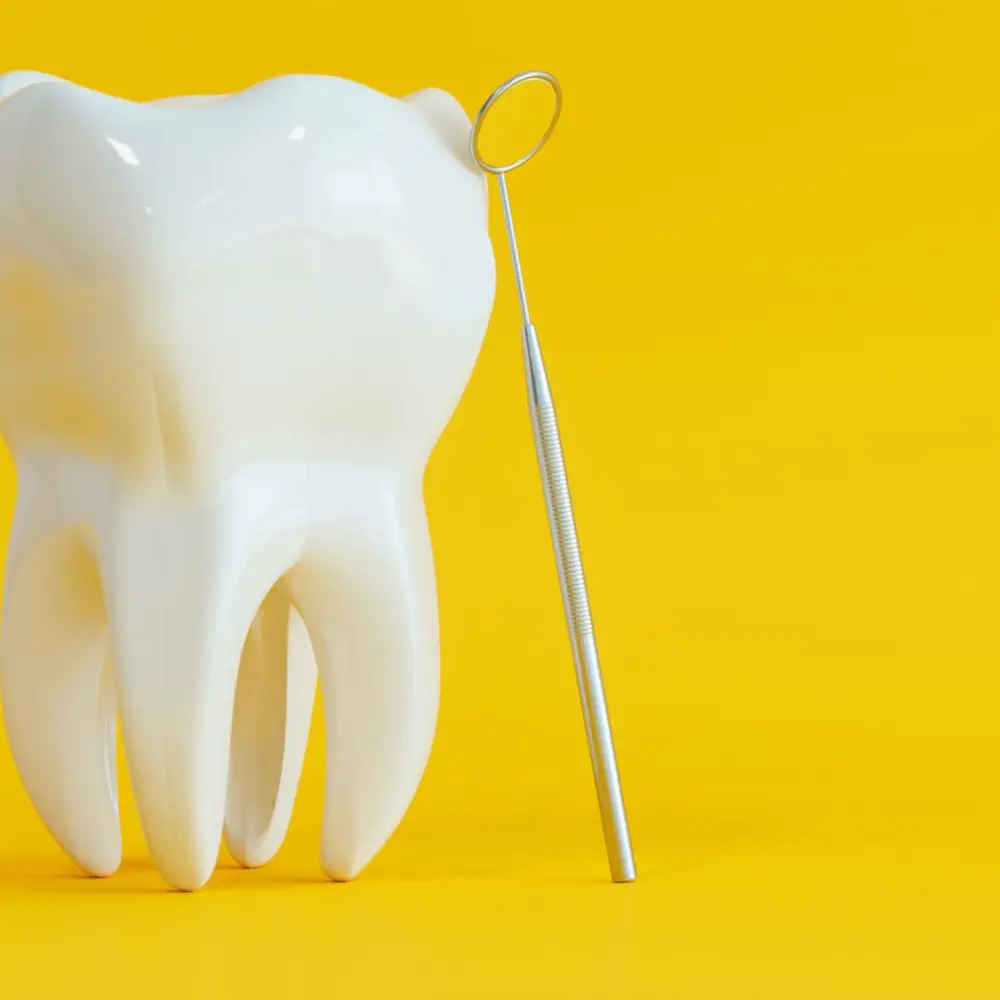
A healthy diet is crucial not only for oral hygiene but also for overall health. Consuming a balanced diet that consists of fruits, vegetables, whole grains, and lean protein can help prevent dental problems such as tooth decay and gum disease. Foods rich in calcium, such as dairy products, leafy greens, and almonds, can help strengthen teeth and bones. Additionally, foods rich in vitamin C, such as citrus fruits and berries, can help prevent gum disease by promoting healthy gums. On the other hand, sugary and acidic foods and drinks can lead to tooth decay and erosion of tooth enamel. It is important to limit consumption of these types of foods and drinks and to rinse the mouth with water after consuming them. A healthy diet can also help maintain a healthy weight, which is important for oral hygiene. Obesity has been linked to an increased risk of gum disease and tooth loss. Consuming a diet high in sugary and fatty foods can contribute to weight gain and increase the risk of oral health problems. Therefore, it is important to choose nutritious foods and limit the consumption of unhealthy and processed foods. Making small changes to your diet, such as incorporating more fruits and vegetables and reducing the intake of sugary and acidic foods and drinks, can have a significant impact on your oral and overall health.
A healthy diet plays a crucial role in maintaining good oral hygiene. Consuming sugary and acidic foods can lead to an increase in harmful bacteria in the mouth, which can erode tooth enamel and cause cavities. On the other hand, a diet rich in fruits, vegetables, and dairy products can help strengthen teeth and gums. Chewing crunchy fruits and vegetables, such as apples and carrots, can also help clean teeth and stimulate saliva production, which helps neutralize harmful acids in the mouth. Therefore, adopting a balanced and nutritious diet can not only benefit overall health but also contribute to a healthy and beautiful smile.
Effortless oral hygiene doesn’t only depend on the way we brush our teeth, but also on the type of food we eat. Certain foods can help promote oral hygiene by reducing the risk of tooth decay and gum disease. For instance, crunchy fruits and vegetables like apples, carrots, and celery act as natural toothbrushes, scrubbing away plaque and debris from teeth. Dairy products like cheese, milk, and yoghurt are rich in calcium, which strengthens teeth and bones. Moreover, green tea contains antioxidants that fight bacteria and reduce inflammation in the mouth. By incorporating these foods into our diet, we can maintain healthy teeth and gums, even without a toothbrush.
Maintaining good oral hygiene is essential for overall health and well-being. While brushing and flossing regularly can help keep teeth and gums healthy, some foods can harm oral hygiene. Sugary and acidic foods, such as candy, soda, and citrus fruits, can lead to tooth decay and erosion. Sticky foods like caramel and taffy can also get stuck in teeth and promote plaque buildup. Additionally, starchy foods like bread and chips can get trapped in the crevices of teeth, leading to bacterial growth and bad breath. To promote healthy teeth and gums, it’s important to limit these harmful foods and opt for healthier options like fresh fruits, vegetables, and lean proteins.
Oral hygiene is crucial for maintaining a healthy mouth and preventing dental problems such as gum disease and tooth decay. Neglecting to care for your teeth and gums can lead to a buildup of plaque and bacteria, which can cause bad breath, cavities, and even tooth loss. Regular brushing, flossing, and dental checkups are essential components of a good oral hygiene routine. However, there may be times when a toothbrush isn’t readily available, such as when traveling or in emergency situations. Learning alternative methods for cleaning your teeth, such as using chewing gum or mouthwash, can help maintain oral hygiene even when a toothbrush isn’t accessible.
Effortless Oral Hygiene Mastering the Art of Brushing Teeth Without a Toothbrush is an insightful article that provides alternative ways to maintain oral hygiene without a toothbrush. The article suggests several methods such as chewing on crunchy fruits and vegetables, using a tongue scraper, rubbing teeth with a cloth, rinsing mouth with saltwater, and brushing teeth with baking soda. Notably, these methods are not only effective in removing dirt and debris from teeth but also provide additional health benefits such as freshening breath and improving digestion. In conclusion, this article provides a comprehensive guide to maintaining oral hygiene without a toothbrush and encourages readers to adopt these alternative methods to keep their teeth and gums healthy.
Maintaining good oral hygiene without a toothbrush may seem like a daunting task, but it is achievable with a little effort. To keep your mouth clean and fresh, use a saltwater solution as a mouthwash to eradicate bacteria and neutralize odors. You can also chew sugar-free gum to stimulate your salivary glands, which helps wash away food particles and bacteria. Another option is to use a clean, damp cloth to gently scrub your teeth and tongue, which can help remove plaque and freshen your breath. Additionally, avoid sugary and acidic foods and drinks, as they can cause tooth decay and erode your enamel. By following these tips, you can maintain good oral hygiene and keep your teeth and gums healthy even without a toothbrush.
Conclusion
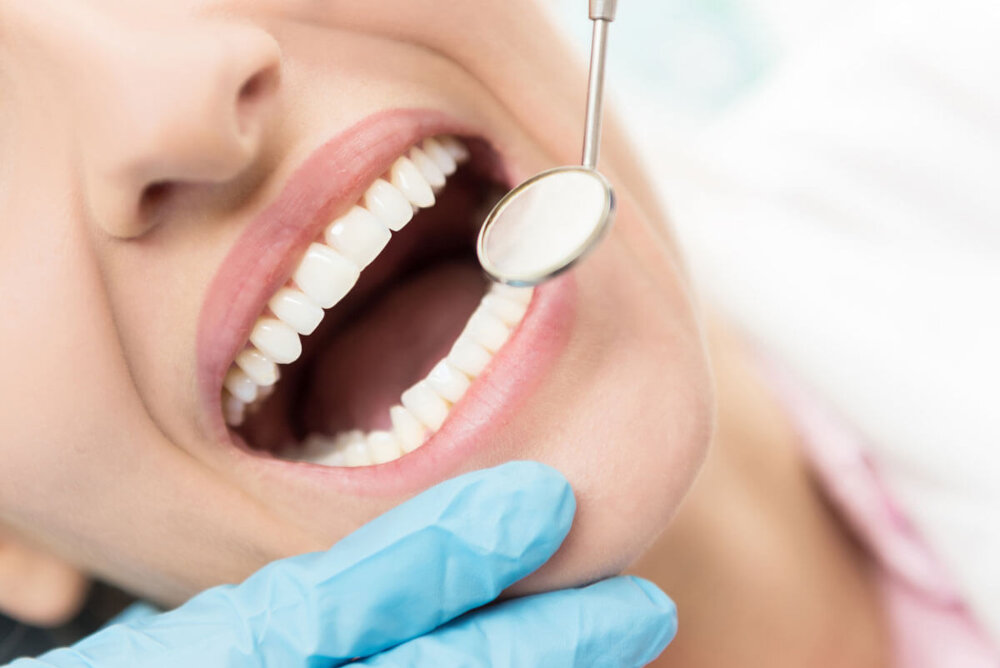
In conclusion, mastering the art of brushing teeth without a toothbrush can be a useful skill to have, especially in situations where a toothbrush is not available. It requires a combination of resourcefulness, creativity, and commitment to maintaining good oral hygiene. While it may not be as effective as using a toothbrush, it is still a viable option for keeping your teeth clean and healthy. However, it is important to note that using a toothbrush remains the gold standard for oral hygiene and should be the preferred method whenever possible. So, while it’s good to know how to brush your teeth without a toothbrush, it’s still essential to invest in a good quality toothbrush and maintain a regular brushing routine to ensure optimal oral health.


